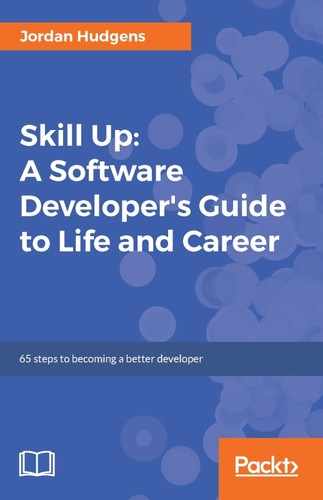Becoming a developer is a rewarding yet challenging task. One of the greatest blocks for people to understand programming is simply having a plan and deciding where to start.
In this chapter, I'm doing to walk through strategies to help you learn how to code from scratch. I've been a developer for a number of years. I taught myself how to code and I've witnessed a wide variety of educational techniques for learning programming over the past decade.
Some of the strategies I've seen are good, others are a waste of time. This chapter contains the strategies that have stood the test of time and will help you launch your coding journey.
First and foremost on the list of tips to learn how to code from scratch is the principle of small bites.
I have a friend who trains professional and Olympic athletes for Adidas, named Mark Verstegen. Back when I used to train at his institute, he would always say something that really stuck with me. When any athlete presented a tough goal, such as qualifying for the Olympics or making it to the big leagues, he'd ask them:
"How would you eat an elephant?"
After the athlete would look at him with a confused look, he'd follow by saying:
"It's not a trick question, the only way to eat an elephant is one bite at a time."
This is great advice for many aspects of life. However, I've discovered that it's an especially important concept for developers to understand. When I think back to when I was learning development, my greatest obstacles and challenges came when I tried to do too much.
For example, when I was trying to build a new feature I would attempt to code the entire feature at once. Most of the time this would end up with the program not working, and then I'd have to go through every line of code until I figured out what was wrong.
However, the more experienced I've become as a developer the more I realize the importance of breaking concepts down into small, easy-to-manage chunks.
Let's imagine that you are building a connection to the Twitter API. Instead of trying to build the entire feature, focus first on connecting to the API. Then print the values returned from Twitter. Finally, you can format the data so that it looks nice. By breaking what you're learning into small components, you'll discover that you will have a better understanding of the processes going on. You will also be able to remember how to implement the features later in real-world projects because the concepts will be more tangible.
